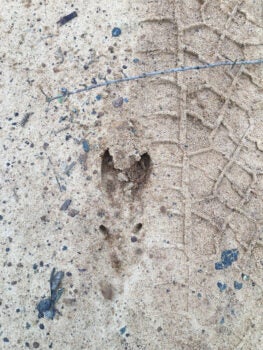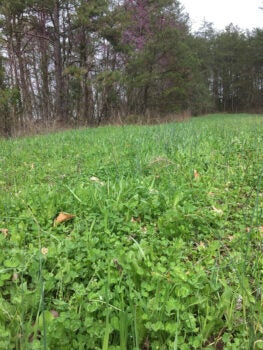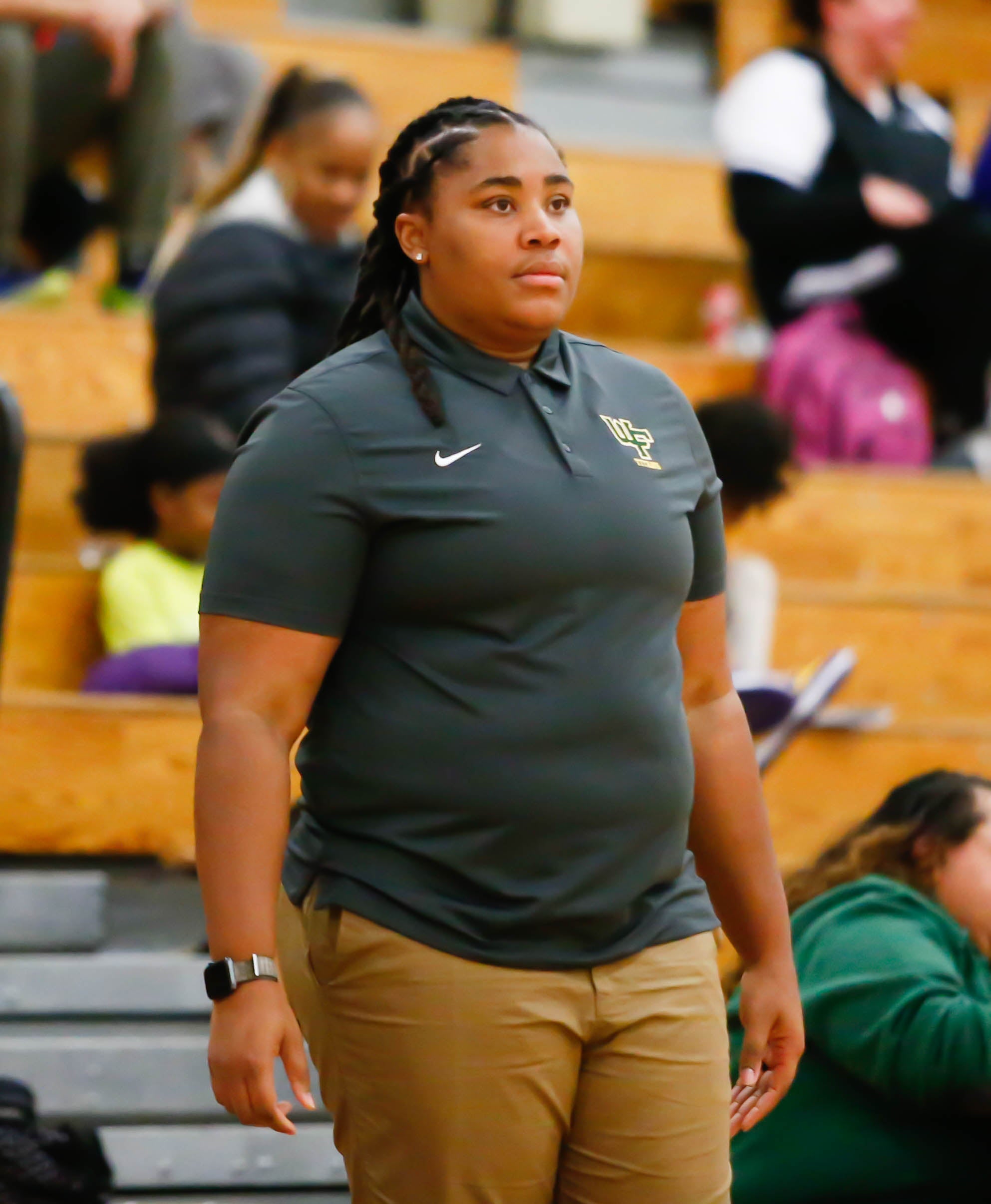Wanna step outside: January after deer season is time to begin working on Whitetail 2024
Published 12:00 am Thursday, January 11, 2024
|
Getting your Trinity Audio player ready...
|
By Dan Kibler
For the Clemmons Courier
Has deer hunting truly become a year-round sport?
I remember growing up; you started thinking about deer hunting in mid-October — going out to scout when squirrel season arrived — and things were over the Saturday after Thanksgiving.
Nowadays, however, hunters have come up with reasons to turn the pursuit of whitetails into a year-round sport, and not just because the season arrives in early September and lasts until New Year’s Day.
Now, as hunters have developed an understanding about the importance of good wildlife habitat and how that relates to hunting success, the eight months when the season is closed is almost as important as the time spent actually trying to fill a tag.
Jeff Burleson, an N.C. State-trained wildlife biologist who operates Southern Palmetto Environmental Consulting out of Myrtle Beach, S.C., understands perfectly how hunters can work year-round at their craft — because his busiest time is those months following and leading up to deer season, building and planting food plots for landowners and lease-holders, doing controlled timber burns, even planting dove fields or building waterfowl impoundments.
“One thing that I think of in January is, it’s time to review everything about the season that just finished,” he said. “Before every season, we all plan food plots and deer stands, and after the season, we need to look at what we did. How did the deer relate to our food plots? What food plots worked and what plantings were best? What food plots didn’t do well.”
Burleson has been asking himself a few of those exact questions in recent weeks.
“I have a 2-acre food plot I built last year — cleared the land and planted it,” he said. “In April and May, I planted it in buckwheat, and it did great. The bucks loved it; they were all over it. In the fall, I planted oats, and they didn’t do nearly as well. Something went wrong. The biggest part may have been when I planted it. It was very dry, and by the time we got some rain, the fertilizer was gone, and the plot didn’t do well. I also learned that last year, I put in only two 60-pound bags of buckwheat, and I know I can double that this year to at least 4 bags in my spring planting, maybe 5.
“It’s a good thing to do in January; to judge which food plots did well versus those that did not. What was wrong with them? It can be a lot of things: soil chemistry, where it was planted, when it was planted, how deep the seeds were planted, was the pH correct. A lot of food-plot success has to do with the timing of planting. You should have those dates from last spring or summer to compare so you know if you need to get something in the ground earlier or later.”
Taking inventory of the deer that were left in your woods when New Year’s Day arrived gives you a very early start on the upcoming season. Try to identify any bucks you get on trail cameras in the month after the season ends. It gives you a starting point on what you’re looking for when your early trail-camera surveillance starts.
“You can think about the deer you passed up and what you can do for them before the next season. What can you do to improve the habitat and the deer on your hunting property? It’s time to put together a plan: where to put mineral blocks, stands, when to plan early surveillance, because I want to have my trail cameras out by June.
“When you think about it, that’s a lot of stuff to do.”
Perhaps the most immediate thing a hunter can do to raise his success in the fall of 2024 is get out in the woods and find where the deer are in January.
“Scouting after the season is something you 100 percent need to do,” Burleson said. “During the season, you try to stay out of those places you think the bucks are living, but now is a great time to beat the woods down looking for what they were doing when the season ended.”
Locating place deer, especially bucks, which were using in the waning weeks of the season, could play a big role in next season’s plans, especially as far as stand location is concerned. Finding a place bucks are using when they’re trying to be invisible to hunters may point you to a place to hang a stand very early on, one that can be in place when you need to make a late-season move.
More Sports







